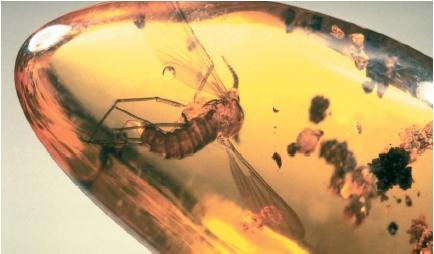Read:
Geology Rocks! pg. 72-84
Everything Rocks and Minerals, pg. 52-53



Watch:
Exploring Fossils:What is a fossil?
Activity 1: Make a Petrified Fossil
There are several types of fossils:
- petrified fossils
- trace fossils
- carbon films
- preserved remains
Petrified fossils are made when water that has lots of minerals in it seeps into the holes found in natural items (like bones, plant parts, or seashells). Read more about petrified fossils on pg. 75 of Geology Rocks! and complete the experiment "Turn that Bone to Stone" to make your own petrified fossil.
Activity 2: Make Cast & Mold Fossils
Trace fossils are the most common fossils, which are created when living things leave an impression on the earth. There are two main types of trace fossils: molds & casts. A mold forms when an organism is pressed into layers of sediment, but the organism itself gradually disappears so only the mold of its shape is left. A cast is the opposite of a mold. It is formed when minerals and sediment fill in the spaces of a fossil mold to create a replica of the original organism.
You can make your own mold & cast fossils by following the instructions on pg. 52-53 of Everything Rocks & Minerals. It is also detailed on pg. 80-81 of Geology Rocks! Or, you can follow the steps found at this website.
Activity 3: Make a Carbon Film Fossil
A carbon film forms when an organism leaves behind a thin layer of carbon. Try this: Place a leaf under a sheet of white paper and gently rub a pencil over top of it. Notice the details of the leaf that show through the paper. Carbon films are known for the amount of detail they show!

Activity 4: Make Preserved Remains
You can observe the fourth type of fossil-- preserved remains-- by placing a dead insect, leaf, or flower in an ice cube tray filled with water and then wait for it to freeze. Observe whether the item looks the same or different as it did before it was frozen?

No comments:
Post a Comment